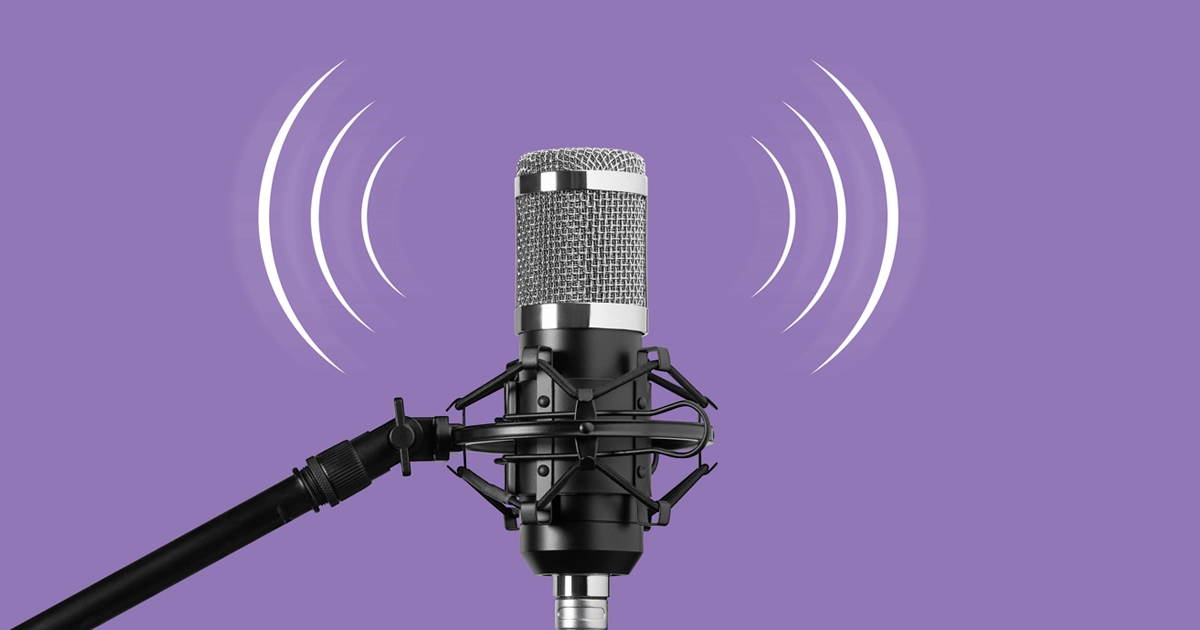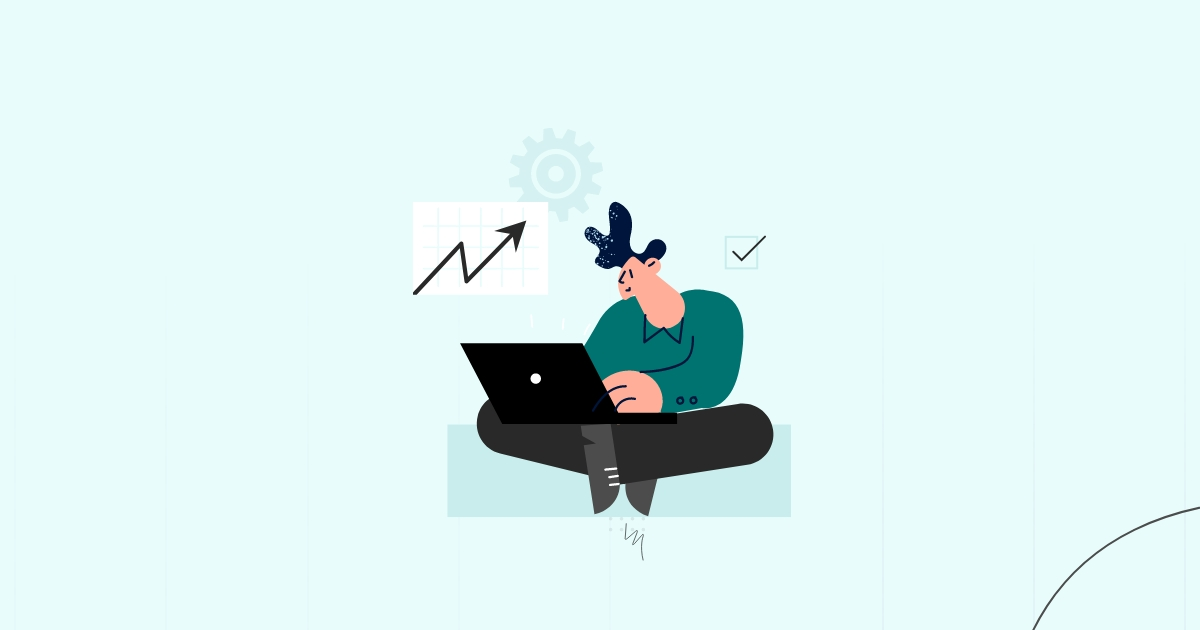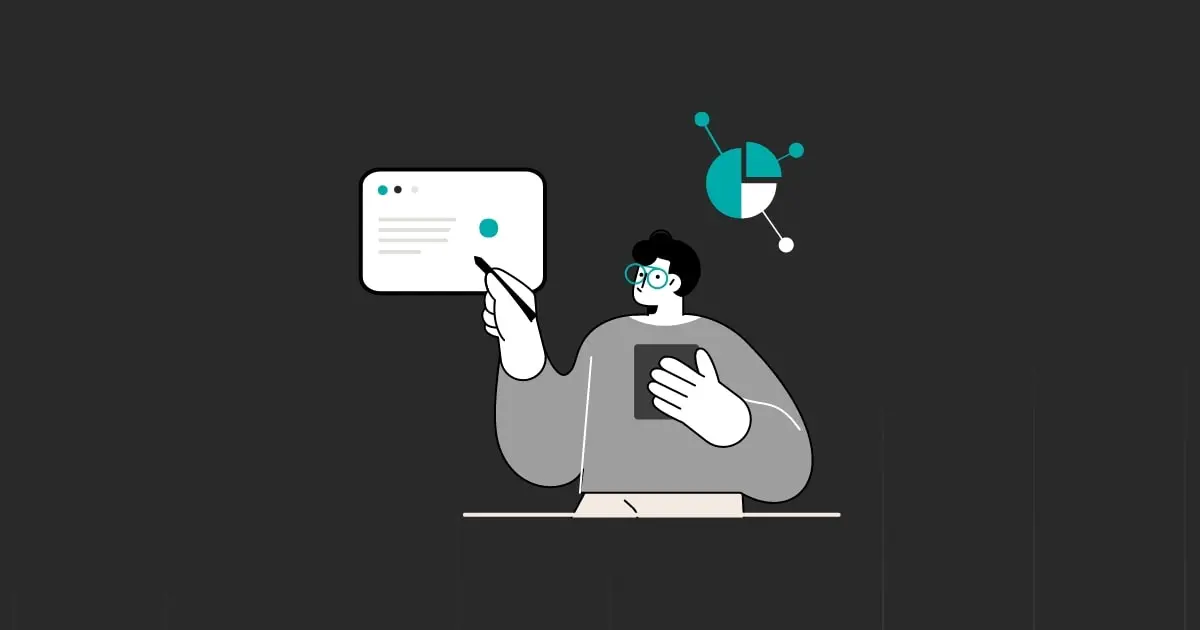Coaching is one of the most powerful tools managers have at their disposal. Employee coaching programs help employees identify strengths, weaknesses, and areas for improvement so they can work on them. These sessions provide a safe space for employees to openly discuss their thoughts and ideas with their managers or trainers, leading to better problem-solving skills, encouraging positive thinking, and improving communication.
Listen to Melissa Hurley, Vice President of Learning and People Development at Bill Gosling, in conversation with Nolan Hout, Senior Vice President at Infopro Learning, as she discusses coaching and how she created a very successful coaching model while still being new to the company. This is a must-listen for anyone interested in developing fail-proof coaching models in their company or just in coaching in general.
Question:
Was it your professional path from where you started to where you are now?
Question:
When you started working with Bill Gosling in 2020, what was your mission-critical task?
Question:
Did you face some stumbling blocks and put a full-fledged coaching model out?
Question:
Did you have any idea of what success would look like for this program initially?
Expert profile:

Melissa Hurley is the Vice President of Learning and People Development, focusing on global learning and leadership development methods. She has 15 years of financial industry contact center expertise in operations, customer experience, sales, operational effectiveness, and staff development. Melissa is a people person with a great drive to help others achieve their goals, pursue personal development, and develop leaders at all levels in Bill Gosling.

Nolan Hout is the Senior Vice President at Infopro Learning. He has over a decade of experience in the L&D industry, helping global organizations unlock the potential of their workforce. Nolan is results-driven, investing most of his time in finding ways to identify and improve the performance of learning programs through the lens of return on investment. He is passionate about networking with people in the learning and training community. He is also an avid outdoorsman and fly fisherman, spending most of his free time on rivers across the Pacific Northwest.
An excerpt of the discussion follows:
Nolan:
Hello and welcome to the Learning and Development Podcast sponsored by Infopro Learning
I am your host Nolan Hout, and today we will be joined by the very passionate Melissa Hurley.
Melissa is the Vice President of learning and people development at Bill Gosling. With over 15 years of contact center experience, Melissa is a passionate people person who’s driven to help people achieve their goals.
And in our podcast today, we’re going to learn from Melissa how she was able to create a brand-new coaching model at Bill Gosling within her first several months on the job, despite joining the onset of the COVID-19 pandemic.
Melissa, welcome to the podcast. I am excited to talk with you today.
I’d like to have you offer a little introduction before we begin. You’ve had a long history in the learning space, and that’s one of the major things people are always interested in, especially for someone in senior leadership positions like you.
Was it your actual professional path from where you started to where you are now?
Melissa:
Thanks for having me, Nolan.
I had an extremely unexpected journey. I began working in contact centers as a frontline agent in 2006. It was a job I had obtained almost out of necessity.
I began my career as a contact center agent and worked in different inbound call areas for a financial institution, where I spent most of my nearly 15-year career. Throughout my training, I learned much about being an agent, our KPIs, and what we were monitoring. After being given a special project to work on, I found my interest, which became part of a leadership and employee development consultant role.
I began as an agent, progressed to floor support, and became a team leader, a fairly common path in a contact center environment. And then, I moved into the consulting world, where I oversaw the leadership development programs for that financial institution, specifically for the contact centers.
I began working with Bill Gosling as the Director of Facilitation in January 2020. It was a brand-new position for the organization, and the focus was intended to be on the facilitators’ growth.
The pandemic was at its zenith at the time; however, the growth of facilitation flipped. It was no longer only about the learning, the facilitators, and how they were taught in the classroom. The company wanted to make a swift pivot towards upskilling our facility to train in a virtual world, which sparked the process of consolidating the facilitation team into one department.
That brings us to the topic of today’s podcast, Coaching.
As Vice President of Learning and People Development at Bill Gosling Outsourcing, my function is quite fluid. They complement each other nicely.
We have the learning element, where we teach new hires and upskill the current workforce. People development is focused on talent growth and optimization, offering employees opportunities and learning routes to transition from an agent job to a consultant role or into a new type of function at some point in their career.
So that’s my lengthy introduction.
Nolan:
When you started working with Bill Gosling in 2020, what was your mission-critical task?
Melissa:
Leaving aside the learning aspect, it’s almost like its own podcast, converting into a virtual learning area.
But, when it came to our employees, which was the core of our situation, we were very much a brick-and-mortar organization. Our whole workforce was on-site, where we had spent many years. It was all about connecting with and seeing our people; our culture was a people culture.
Even our core values revolve around having fun, being enthusiastic, and being able to grow and be eager, and it has such a strong presence on-site. Therefore, when we went to a remote work setting, it was a new atmosphere for everyone. I was fortunate to have had the opportunity to work on a project at my former employer, where we transitioned to a hybrid remote environment a few years before the necessity for working from home, and much of that focus was on leadership development.
How do you deal with seeing people? How do you establish trust now that everyone is at home? What are the rules of engagement? What does coaching look like?
You might work with someone in the contact center and give instructions at the moment. Now, what does this look like in the current time, and how do we maintain this culture of coaching and development?
Consequently, managing the learning transition to a virtual arena was also a priority for our employees. During this transitional period, our leaders required assistance, and we needed to reevaluate and improve our coaching program’s core components. We have a robust culture of coaching, and we always had. It was more focused on face-to-face interaction than anything that could be both virtual and face-to-face.
Nolan:
How did you identify or devise the new Bill Gosling coaching model so early?
Melissa:
During my six weeks on-site, as I got to know the individuals and had the chance to learn from them, I gained an understanding of their overall coaching approach. I also got the opportunity to broaden my networking inside the organization to a more global scale.
In our Costa Rica and Manila branches, I got the opportunity to learn from different business professionals. I was spending time with them, and I learned that there were recurring themes and excellent practices throughout our organization.
I found myself in a position where I could pull together these best practices and construct a universal model in collaboration with the operations managers and team leaders. We’re working and asking, “how can we establish a model everyone can follow?”
Then, six months later, we went in and said, “Well, we’re beginning to grow tremendously. Throughout the pandemic, many businesses saw the importance of outsourcing services, whether for the back office or frontline and contact centers. We began to observe progress, which became much more noticeable when we needed to develop a structured program.
Our leaders jumped on board quickly. We have agents or floor support moving into team leader roles. We have a structured coaching model on which we can train them, allowing us to transfer leaders from portfolio to portfolio or department to department.
We created a sustainable and universal model that complemented whether you were in sales, collections, back office, chat, or even omni channel.
Nolan:
What did that model look like? Did you use something online? Did you create yourself? Was there a foundation for it?
Melissa:
I have expertise with call models at a contact center; there are call models and scripts. I was given the option to add call models into chat functionality or a business chat line. I began to consider, examine, and conduct research on what we were doing with all of the different call models or approaches for each of our clients.
The model was divided into four segments:
1. First Impression: Whether it’s a phone conversation or an email, how you introduce yourself matters when you contact someone and make a good first impression. Building rapport will determine how a conversation will go for the following 5 to 10 hours. There are four behaviors that we watch out for in this phase.
2. Inform: Informing entails asking questions. We still do it. We aim to learn more about the individual in every discussion. You have to ask the appropriate questions whether you do it in 10 seconds or 30 seconds, and that’s a high-level overview. Again, we check for four more distinct behaviors in this phase.
3. Finding: It’s about identifying the right solutions depending on the data in the report prepared. The solutions are not universal; it is imperative to ensure we attach a fix with it again—sales collections, payment plans, anything. Customer service solutions involve utilizing the information from the questions you’ve asked in the report you’ve created to provide individuals with the appropriate responses.
4. Commit: The fourth component of our approach is ‘commit,’ which is us following through on our promise. And, regardless of how brief or lengthy the chat was, you’ve already established trust. I would suggest that no matter how short or long, it is now critical that you retain that trust and follow through on pledges, which will inspire others to do the same.
That’s how we came up with our universal interaction model, which we employ across departments, such as our cross-functional teams. We utilize it for all our coaching, which is the foundation of our coaching program.
Melissa and Nolan went into further depth in their discussion by delving into the coaching approach and the reasoning behind the term “birds of a feather.” Next, they spoke about how Bill Gosling had the most success with targeted, behavior-based coaching, namely with people who were committed to their growth and eager to fill up any gaps in their skill sets.
A few more interesting questions asked during the podcast were:
- Did you need help with stumbling blocks and putting a full-fledged coaching model out?
- Did you have any idea of what success would look like for this program initially?
- If you were to pull 100 people and say if your manager says they’re going to elect you for a coaching program, how many of you do you think would say, “Oh, great, my manager values me” versus “My manager is going to fire me if I don’t do this?”.
- What have been some of the greatest surprises since you introduced the coaching model, comparing what you knew before to how you see it developing now?



